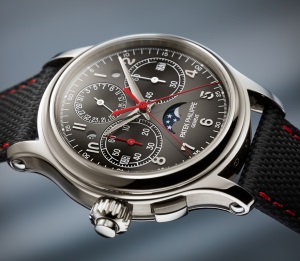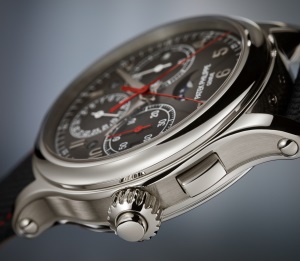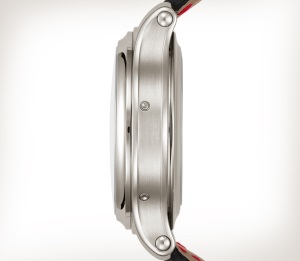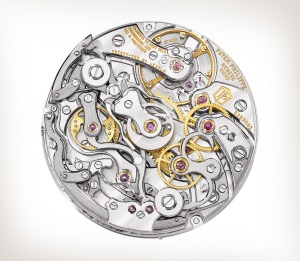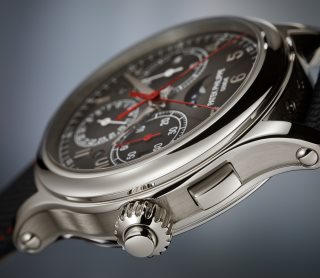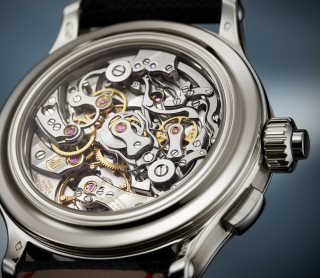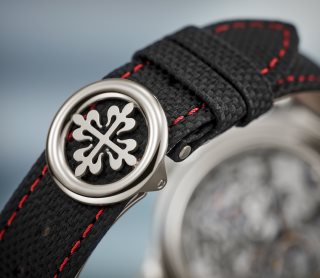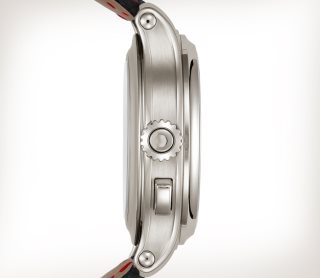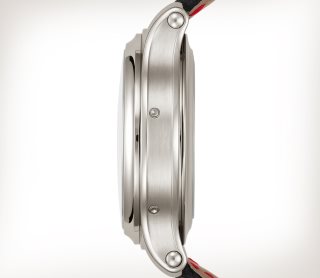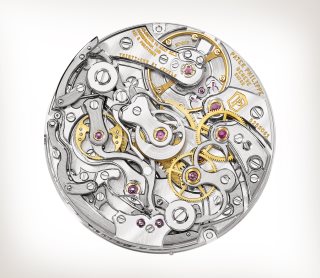Introduction
5373P
-
Grand Complications
Manual winding
As the first left-hander chronograph in Patek Philippe’s recent history, the new Ref. 5373P-001 stands out with the unusual arrangement of the pushers and displays.
Its platinum case is endowed with the caliber CHR-27-525 PS Q, the thinnest split-seconds chronograph movement with perpetual calendar ever built. It is crafted to venerable traditions. The charcoal-colored dial with a black gradation and red varnished chronograph hands reflects a sporty and contemporary style echoed on the strap.
It is a highly exclusive timepiece crafted in small series for left-handers and connoisseurs of choice rarities.








